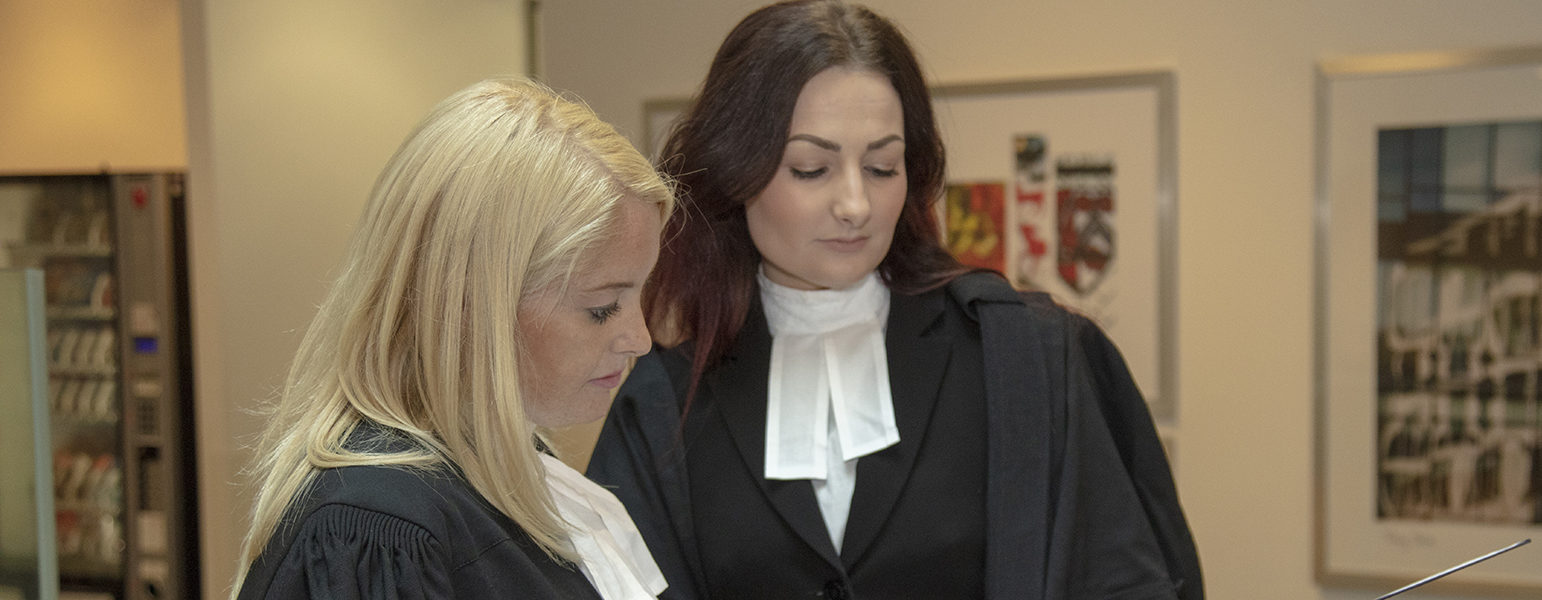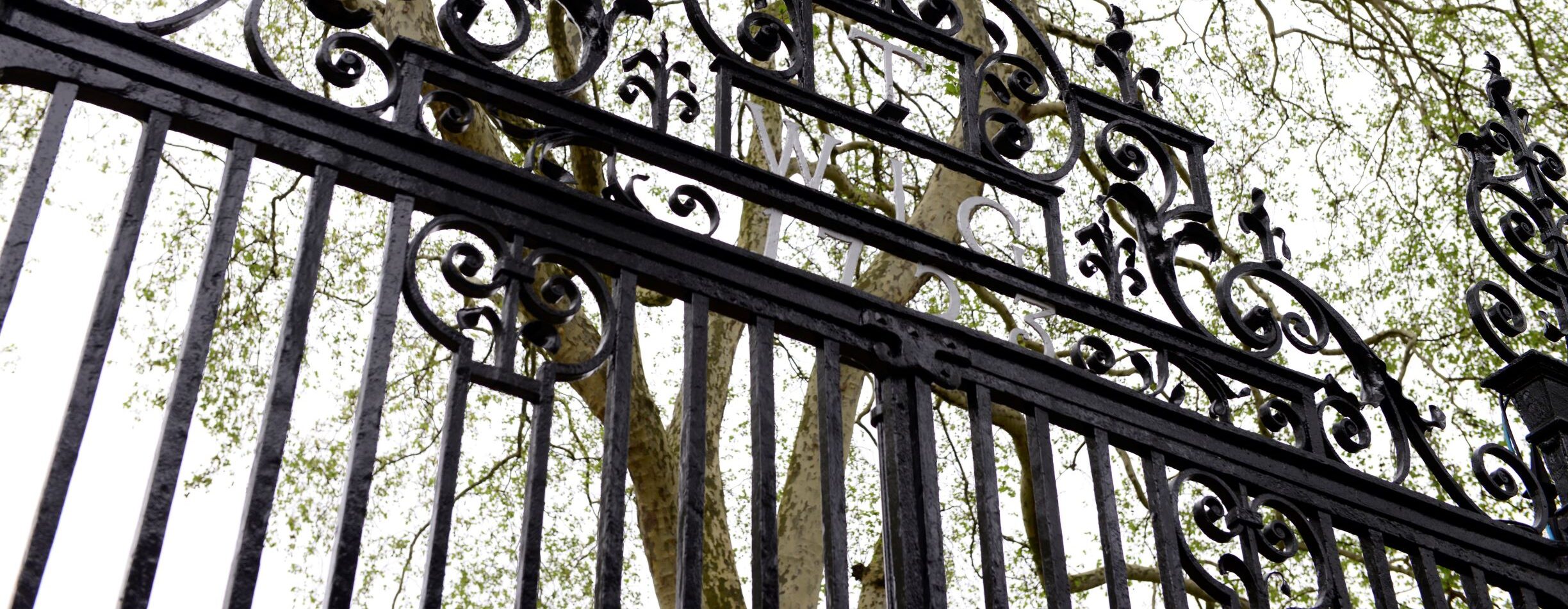Teenagers named in Conspiracy to Murder case
Two teenage boys sentenced to 12 and 10 years for conspiracy to murder are named after a reporting restriction was lifted
Trial at Leeds Crown Court
On 20th July 2018, Mrs Justice Cheema-Grubb DBE sentenced Thomas Wyllie and Alex Bolland at Leeds Crown Court after a trial where both had denied conspiracy to murder. Wyllie was also convicted of unlawful wounding having carved his initials in his then girlfriend’s back.
Both boys were 14 at the time of the offences and 15 at the time of sentencing. They had planned to carry out a ‘Columbine-type’ attack on teachers and pupils at their school in North Yorkshire; their actions designed to mirror the massacre by two teenage boys at Columbine School in Colorado in 1999.
Wyllie, in particular, hero-worshipped the American teenagers who ultimately killed themselves after the Columbine shootings. It would seem that Wyllie was the main protagonist taking the role of Eric Harris whilst Bolland was his ‘wing-man’ in the role of Dylan Klebold. The British pair’s friendship had a toxicity to it which has tragic similarities to the relationship between the teenagers who killed Angela Wrightson and the young couple, Kim Edwards and Lucas Markham who killed Edward’s mother and sister.
Wyllie and Bolland’s friendship was addressed at the sentencing hearing – ‘rather than be positive influences on each other, you entered into a noxious relationship which pulled each other down further into a selfish obsession with punishing others for the wrongs you felt had been perpetrated against you.
During sentencing the two were told that, the conspiracy to murder ‘was not wishful thinking or a fantasy. It was a real plot.’
Tragically for Wyllie’s troubled teenage girlfriend, she offered him the potential to access, via her father, a collection of guns and ammunition. The girl managed to resist his coercion to allow him to access them via a locked gun cabinet but she was unable to resist allowing him to carve in her back his initials.
Wyllie and Bolland drew up a list of targets at their school including individuals against whom they each bore a grudge. Neither was particularly discreet about their plans and one girl, to whom Bolland bragged of the initiative, told a teacher and a parent. At this stage Bolland confessed everything whilst Wyllie maintained there was no truth in the allegation. Whilst it’s clear that Bolland did confess he was described during his confession as ‘dispassionate’ with a ‘dead-pan delivery’.
Wyllie continued after this intervention to make plans to carry out the massacre.
Mrs Justice Cheema-Grubb DBE said that she had borne in mind that neither boy got as far as creating a viable improvised explosive device nor did they actually access any firearms. tTere was a rucksack containing items for use in preparation for carrying out an attack and creating some form of weapon which was regarded as being relevant to the conspiracy. It confirmed ‘state of mind’ and demonstrated that the intention to perpetrate a serious criminal offence causing harm to others was not deflected by the discovery of their plan to attack the school. It was relevant to the issue of dangerousness in sentencing.
The judge set out the following aggravating features:
- They intended to kill many victims who were either children at school or teachers at work: some of these had been specifically targeted for revenge.
- They planned to use firearms and improvised explosive devices.
- The attack on the school was intended to cause terror on the scale of school shootings in the USA.
- Their planning was carried out over months and demonstrated a substantial degree of premeditation.
- Wyllie persisted in the planning even after discovery and the intervention of the police on 28th September 2017.
In sentencing the pair, the judge held Wyllie more culpable and gave him a longer sentence to reflect his dominance. He was described as a boy of considerable intelligence and potential who had experienced low self-esteem and homicidal thoughts. Initial phases in custody had continued to highlight issues managing his emotions. The judge concluded he was a dangerous offender and she imposed an extended sentence pursuant to section 226B (1) Criminal Justice Act 2003. He was handed a sentence of 12 years custody with an extended licence period of 5 years for the conspiracy count.
Bolland was dealt with as a “fully engaged conspirator from at least May 2017” but not the prime mover. He was found to be intelligent but not suggestible. He had shown signs of adapting quickly to his place of detention. The judge was persuaded on balance that Bolland did present some future risk. She passed a sentence under section 91 (1) Powers of the Criminal Courts (Sentencing) Act 2000. She was not able to limit the period to one that he could serve entirely at a secure children’s home. She passed a sentence of 10 years detention.
After sentencing, the judge lifted reporting restrictions and agreed to allow the boys to be named. She reportedly rejected representations from both the prosecution and the defence, who argued that naming the boys would harm their rehabilitation. She said the need for open justice outweighed this consideration.


